
| Log In | Sign Up | Lost Password | ||||
|
WINNER OF BRITISH WOMEN ARTISTS COMPETITION 2015'The Chandelier of Lost Earrings' by Sagar and Campbell
Very Highly Commended: 'Milk Production' by Elisabeth Bond
Judges Personal Favorites
Previous Competition Winners : 2015 2013 2012 2011 2010 2009 | |||||
|
Established February 2008
| © 2025 British Women Artists |
This site uses cookies to maintain user profiles
| More | Stats
| V4.0 | HBQ=0 | | |||||
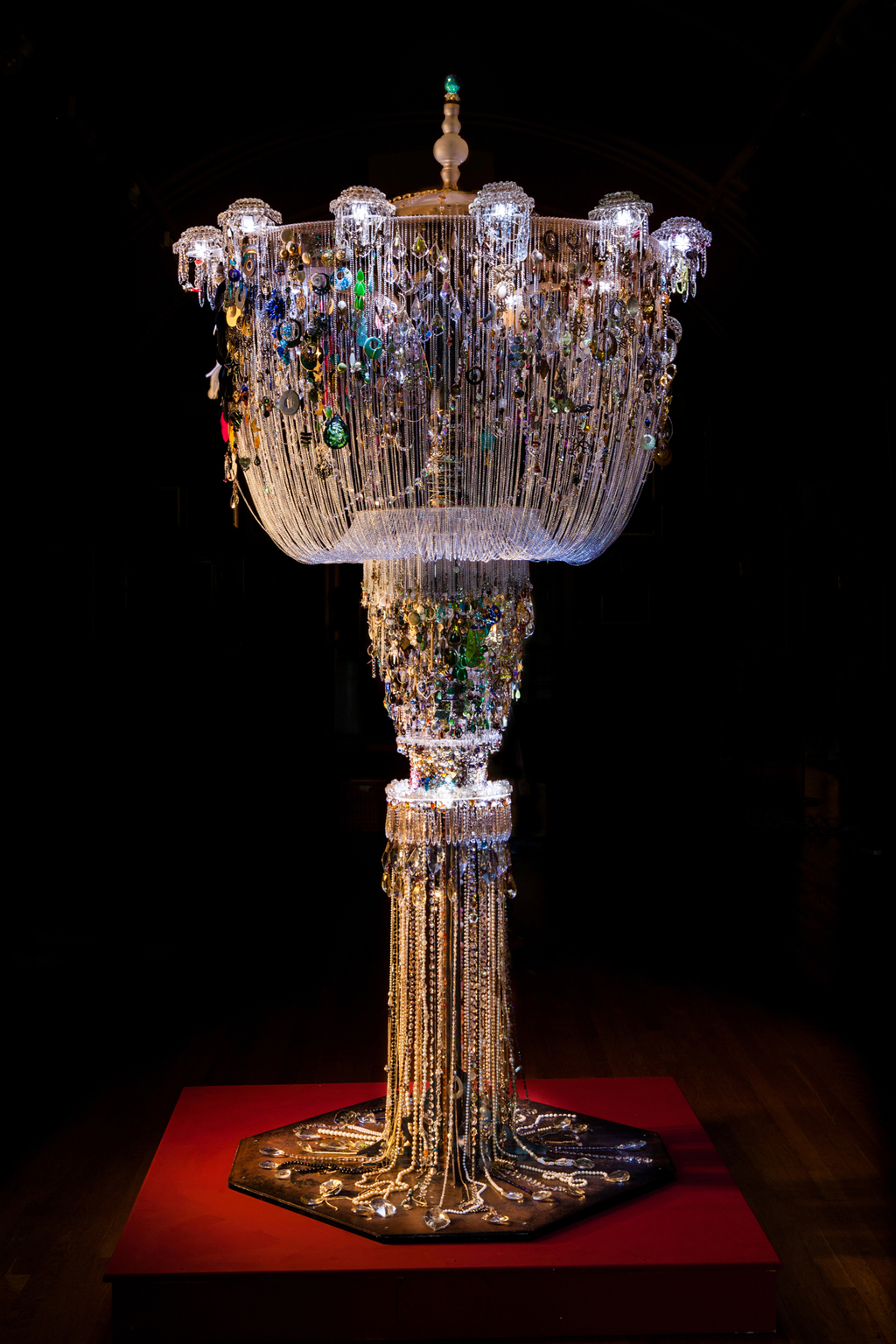
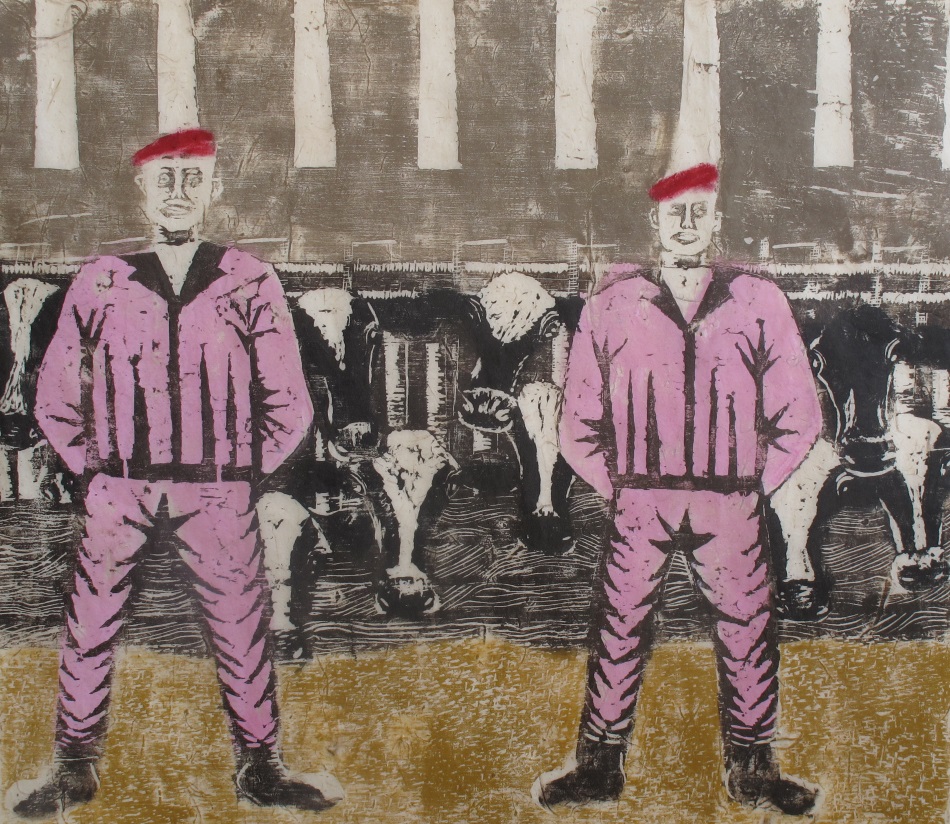
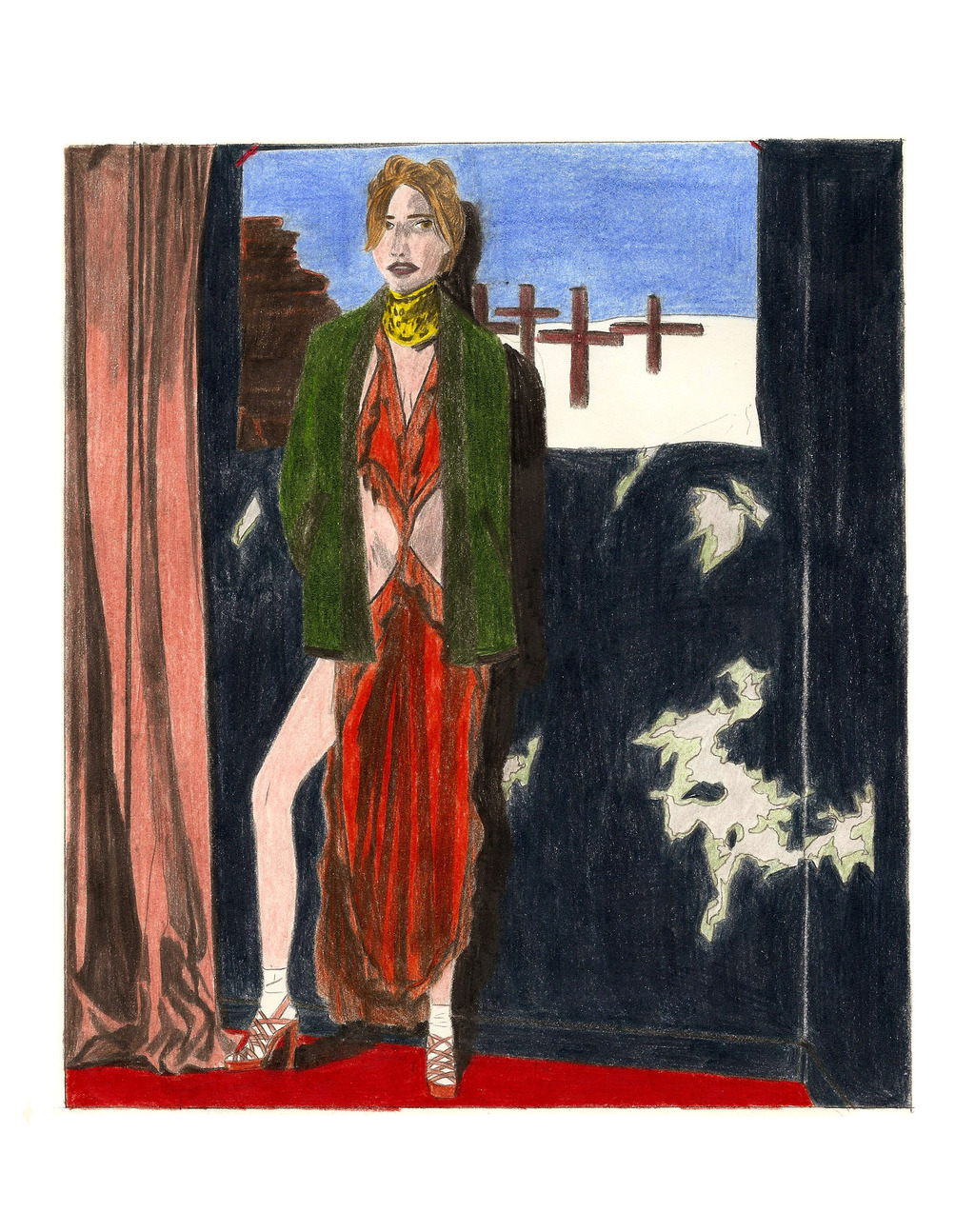
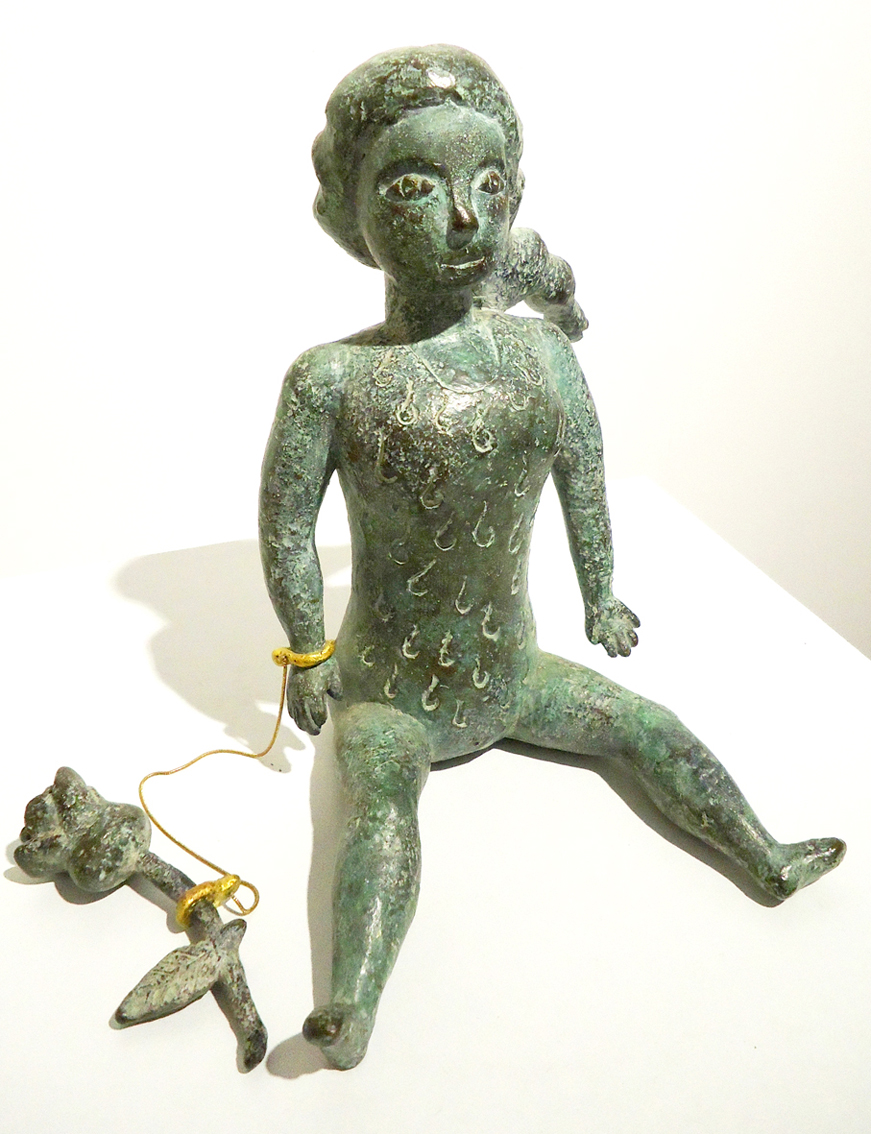
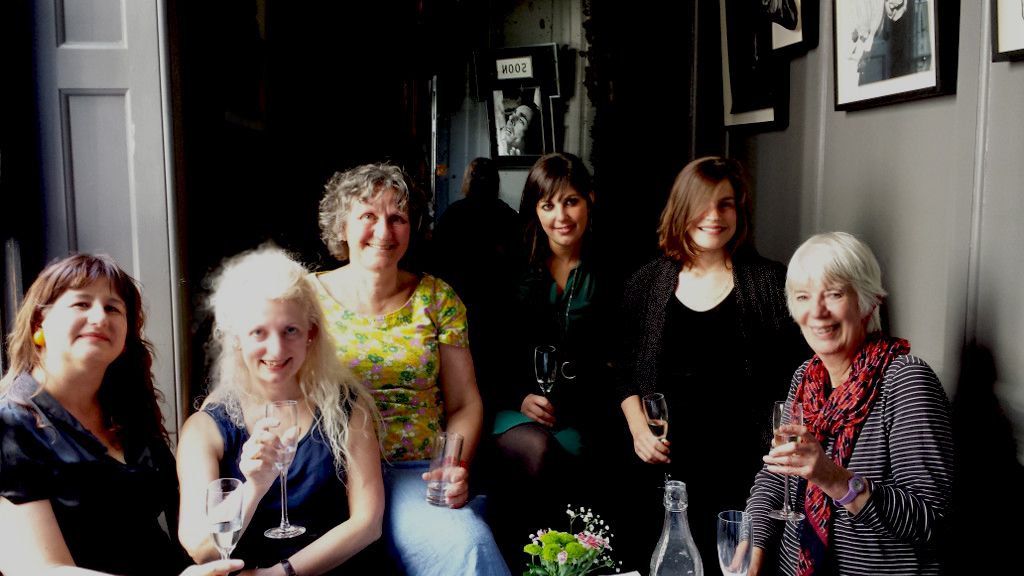 Winners - British Women Artists 2015
Winners - British Women Artists 2015